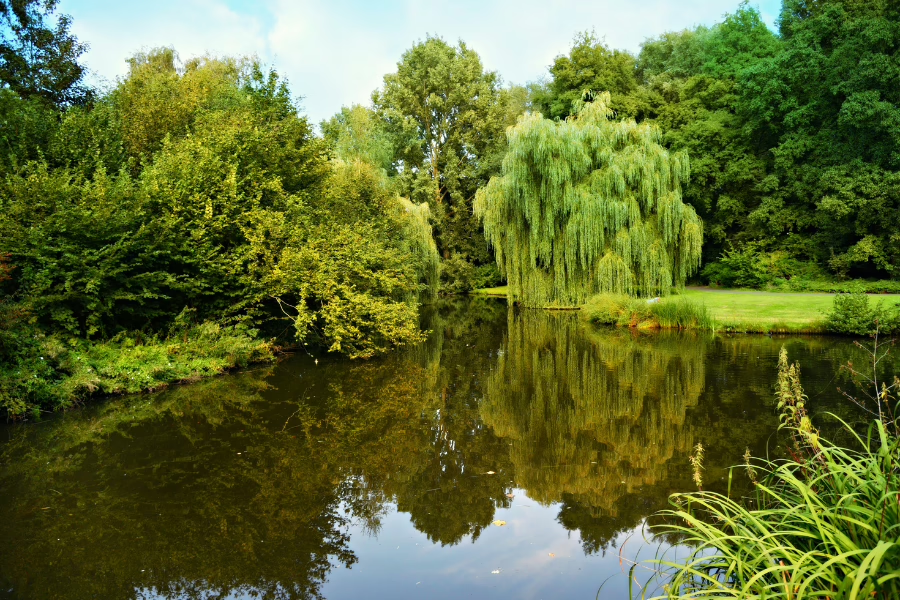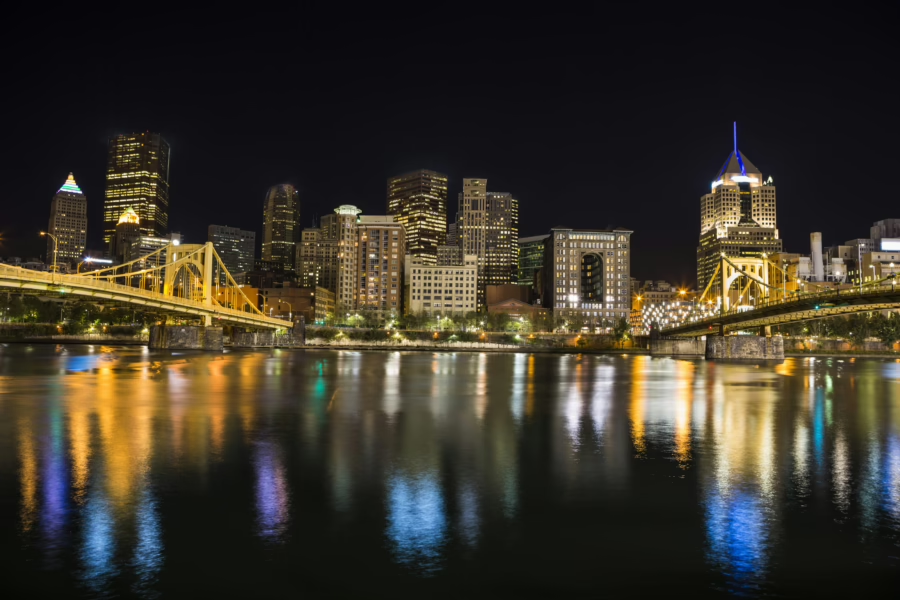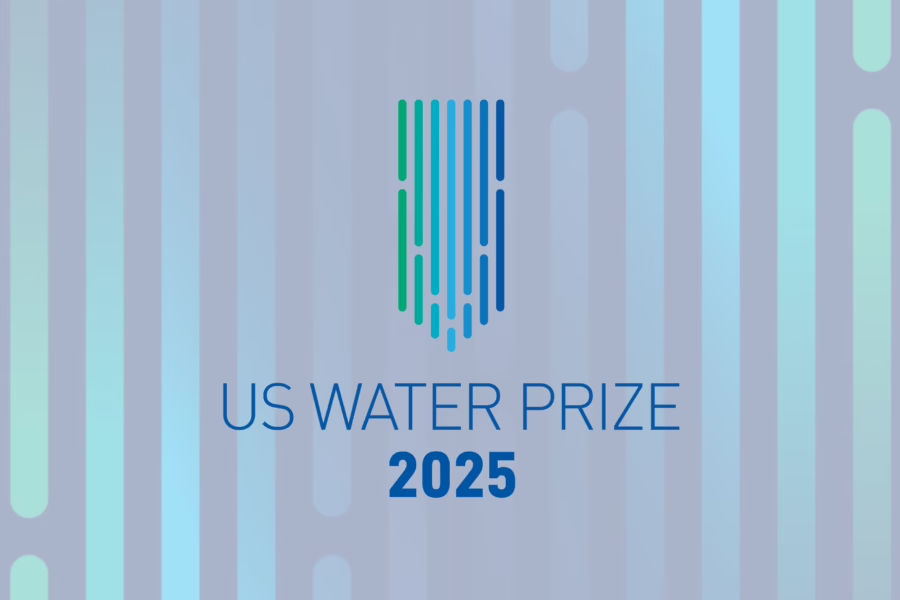Download a PDF of this One Water Spotlight here.
Green Infrastructure in the Milwaukee region: A bold journey with healthy roots
Yvonne McCaskill is part of a growing movement seeking to improve Milwaukee’s water quality through green solutions. After a 30-year career as an educational leader with Milwaukee Public Schools, Yvonne focused her talents on making a difference in leading the Century City Triangle Neighborhood Association. Once a vibrant hub of manufacturing, the area has fallen on hard times due in part by the loss of family-sustaining jobs. The area is also prone to flooding. She and others are working to educate residents on ways to improve the overall quality of life, including educating the community on ways to better manage storm water through the installation of rain barrels and rain gardens as part of the Milwaukee Metropolitan Sewerage District’s (MMSD) Fresh Coast 740 Green Infrastructure Initiative. The goal is to create the capacity to capture 740 million gallons of storm water per rain event using green infrastructure strategies. MMSD has enlisted residents, businesses, municipalities and non-profits to partner in a bold goal to improve water quality in the region by installing and maintaining green solutions to better manage water where it falls.

Private raingarden, City of Milwaukee
MMSD has a long history of environmental stewardship and has implemented holistic approaches to improve water quality and protect residents from the effects of flooding. It’s grey infrastructure, including sewer pipes, storage tunnels, and reclamation facilities, continues to be its backbone for meeting water quality goals and flood management protection for the region. But with a changing climate, MMSD recognized that bigger pipes will not solve all of the region’s problems. The use of green infrastructure is a cost-effective way to improve and augment the protection of the region’s property and water resources.
Since the 1990’s, MMSD has implemented green infrastructure strategies to hold or slow down the natural flow of water to discharge points and have complemented grey infrastructure by adding capacity. A number of programs, partnerships, and policies were precursors that helped shape the District’s 2035 Vision, adopted in 2011, and led to the development of its Green Infrastructure Plan in 2013.
Key action items in the plan include standardizing when green infrastructure is required, how it is designed, how it is reviewed and approved, and how it is maintained. It also creates funding methods that spur innovation and job training opportunities that allow for cost effective green infrastructure build out and maintenance solutions for the region.
The plan was the first for a major metropolitan area that looks beyond its combined sewer system, and incorporates green infrastructure goals for various watersheds. Its triple bottom-line analysis is the first to document benefits to both the combined and separate sewer systems. The plan also lays out strategies for stakeholders throughout the region to maximize their investments in green projects. It builds upon past successes in the region, with the goal of capturing the equivalent of the first 0.5 inch of rainfall from impervious surfaces with green infrastructure.
There are approximately 107,000 total acres available for green infrastructure, of which 70 percent is privately owned, in MMSD’s service area. Of the total acres, green infrastructure is needed on 42,000 acres, 68 percent of which is private, to achieve the 2035 vision goal. A host of strategies is envisioned, including green roofs, bioretention, bioswales, rain gardens, greenways, stormwater trees, native landscaping, porous pavement, rain barrels, cisterns, and soil amendments. Karen Sands, MMSD’s Director of Planning, Research and Sustainability refers to the 42,000-acre goal as “a big hairy goal,” but believes that it is achievable. It’s a long journey, requiring a transformational movement, but MMSD is well on its way.

Volunteers planting a residential raingarden, filmed by MMSD
Implementing green infrastructure requires work that starts in each of the 28 municipalities that MMSD serves. To obtain input and help prioritize needs, a Technical Steering Committee for the plan was formed, including staff from local municipalities, the Wisconsin Department of Natural Resources, Southeastern Wisconsin Regional Planning Commission, the University of Wisconsin-Milwaukee School of Freshwater Sciences, and local environmental health advocacy organizations. On-going involvement and collaboration from these and other organizations, including property owners, is essential to achieving the goals.
As of December 2015, over 21.5 million gallons of storage capacity was created towards the lofty 740-million-gallon goal. While getting to the additional 718 million gallons in the next 19 years will be difficult, MMSD is optimistic that it will be achieved through the power of an active movement.
Strategic investments in relationships, policy creation, and project funding are encouraging homeowners, neighborhoods, businesses, non-profits, and municipalities to better understand the value of green infrastructure. These partnerships also help inspire creative ways to implement and showcase green infrastructure and spread the message of its benefits at a much faster rate than MMSD could do on its own. Green roofs are sprouting up across the region at places like the Milwaukee Public Library’s main branch, the Miller Coor’s Headquarters, University of Wisconsin-Milwaukee, and the new Northwestern Mutual Insurance Company’s downtown campus. Churches and Community gardens like All Peoples Church and Alice’s Garden are installing rainwater harvesting systems to capture rain water for use in urban gardens. Developers like the Mandel Group have been designing green infrastructure into projects for over 10 years, understanding the environmental, energy saving, and aesthetic value the improvements bring. Rain barrels and rain gardens continue to spring up across Metro Milwaukee. To date, MMSD has distributed over 23,000 rain barrels. Bioswales and green alleys are additional strategies that the city of Milwaukee continues to use in growing its ability to better manage water where it falls. These and many other examples of this growing movement can be viewed at http://www.mmsd.com/gi/green-infrastructure/green-luminaries.
All over the Milwaukee area communities are engaging in green infrastructure discussions and implementation. Communities like West Allis are underwriting the cost of residents to install 500 rain barrels per year. St. Francis and Brown Deer host Green Summer programs aimed at educating their communities on the value of installing rain barrels and rain gardens. And individuals like Yvonne McCaskill are the ones who continue to drive the message of green infrastructure, enlightening others to join in the journey of a greener tomorrow.


